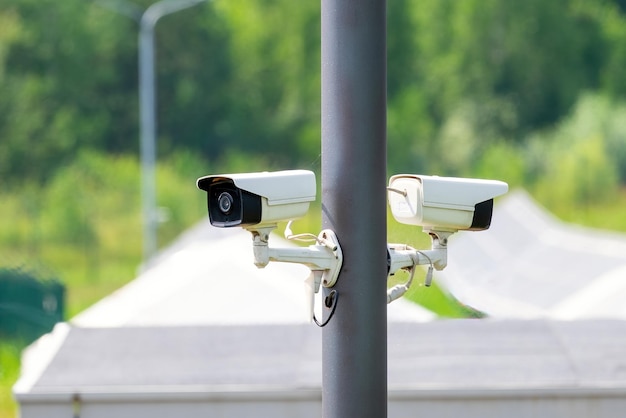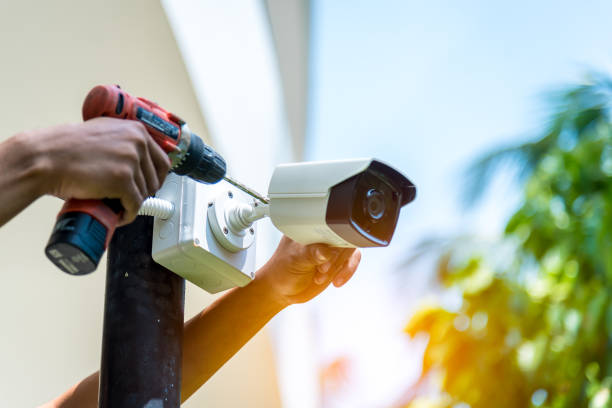How to Install CCTV Cameras
Installing a CCTV security system is an excellent way to keep your property safe and
secure. It also adds value to your home and provides evidence of any crime that
might have happened cctv Singapore. To get started, you need to decide where you want the
cameras to be placed and how many will be needed.

Before you start, draw a plan of your property like the one below and mark out
where the cameras will be located to make sure they cover all necessary areas https://web.securitysystem.com.sg/. This
will help you work out how much space you need to leave for the cables and ensure
all areas are covered with cameras.
Camera Mounts
When you purchase a cctv camera, it will come with a mounting bracket that you
can screw into the wall. This will hold the camera securely in place and allow it to be
adjusted as necessary. This step is critical to making sure the cameras are stable
and won’t shake or distort the picture.
Power Supply Cables
The next step is to connect the cameras to the power supply by using a DC power
extension cable. This will make installation much easier, especially if you’re using a
lot of cameras.
Consider the length of the cable you need and where you’ll need it to run from. You
may want to choose a location where you can conceal the cable or use conduit for
improved security.
If you’re going to be running a lot of wires, create a central “surveillance hub” for
your whole system. This should be in a secure place, such as an office or attic.

DVRs and NVRs
You’ll need a digital video recorder (DVR) or network video recorder (NVR) to
connect your cameras to. These devices will record and store the footage you
capture and play back the clips on a monitor.
DVRs and NVRs are available in different models, with some having more features
than others. You can usually find one that fits your needs and budget.
NVRs are cheaper than DVRs, but they have more features and can record in higher
resolution. They also have the ability to record multiple streams of footage, which
can be useful if you need to monitor several areas at once.
The best place to put the DVR and NVR is in a secure location that won’t be
accessible by anyone who could be tampering with your system. This will keep your
footage secure and minimise the chances of someone hacking into your system.
Once you’ve found the perfect location for your DVR or NVR, you’ll need to get it
connected. This will require a connection to your internet router or modem, and
you’ll need to set the IP address of each device.
Once you’ve got all the cameras and the DVR or NVR hooked up, you’re ready to turn
on the cameras and watch them work! Just be sure to adjust their angles to account
for any blind spots you might have.